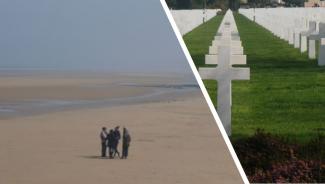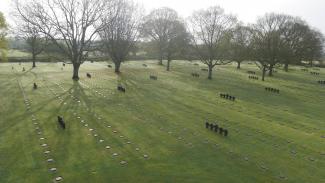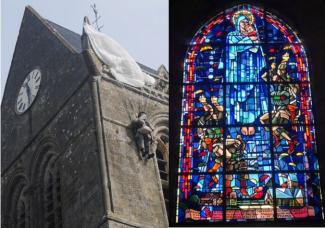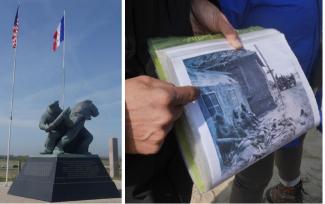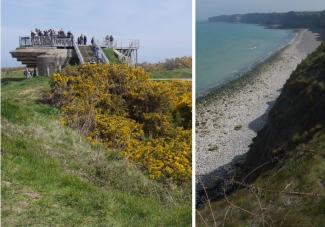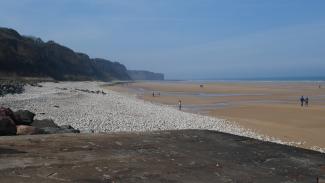On 6 June 2019, leaders of the US, Great Britain, Canada, France, Germany, Australia and other nations gathered in northern France. They were taking time out from their domestic concerns to commemorate the 75th anniversary of the D-Day landings. That momentous event marked the start of the Battle of Normandy, also known as Operation Overlord, which turned the tide of World War II in western Europe.
Just a few weeks ago, Anne and David from Orchid were lucky enough to be travelling in Normandy. We took a day out from our more hedonistic pursuits to tour some of the D-Day sites, accompanied by an excellent local guide. This blog looks back on that day.
As the 5 landing beaches are spread over 80km or so of coastline we chose to focus on the western sector, scene of the major US operations. Hopefully, we’ll be able to visit the British and Canadian sites further east another time.
